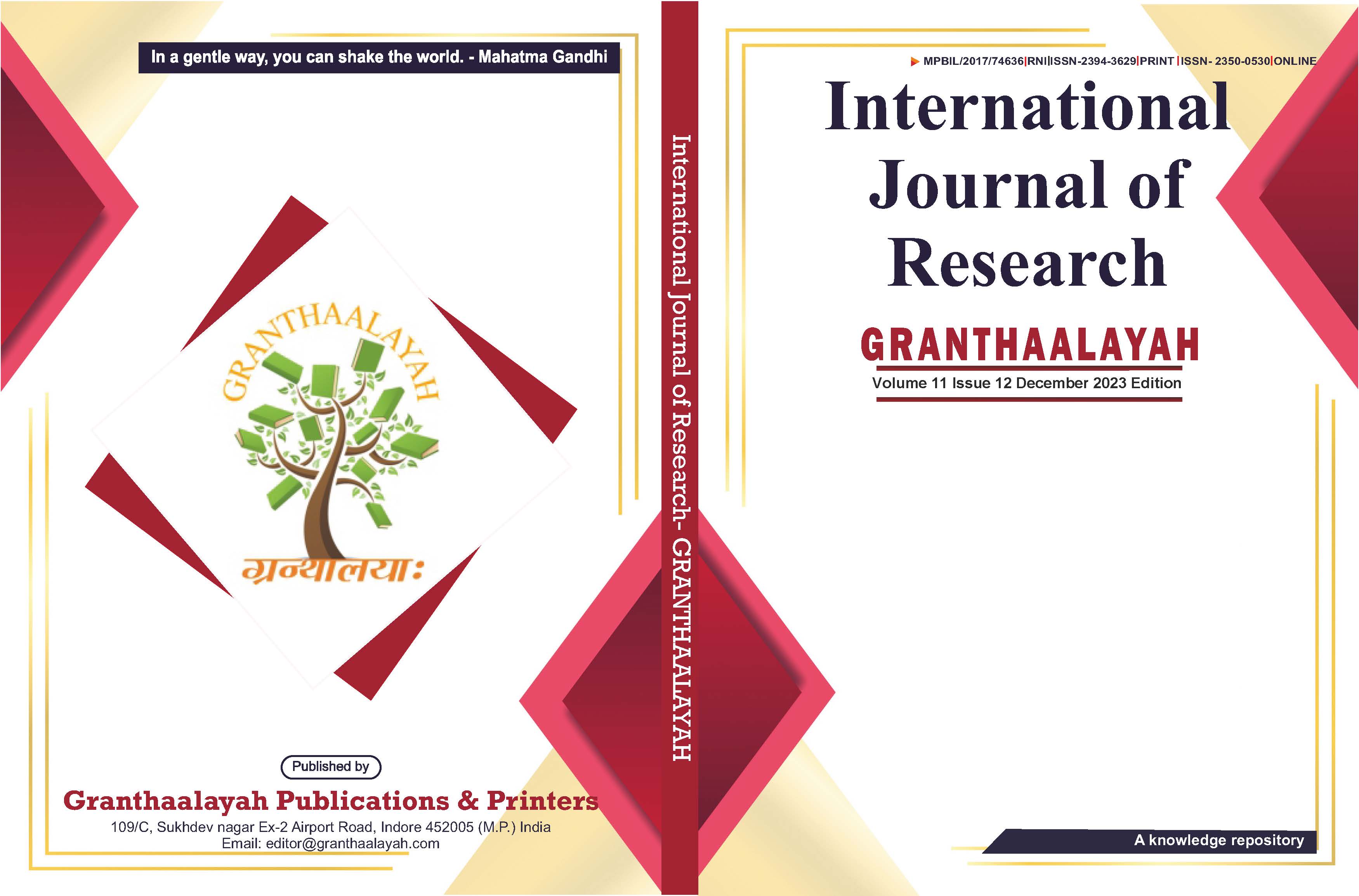SMART BIDDING: A MACHINE LEARNING APPROACH TO ONLINE AUCTIONS WITH LSTM AND KALMAN FILTERS
DOI:
https://doi.org/10.29121/granthaalayah.v11.i12.2023.6110Keywords:
Machine Learning, Online, Lstm, Kalman Filters, E-AuctionsAbstract [English]
The evolution of online auction systems has revolutionized the way products and services are bought and sold. Among various auction formats, the English auction model remains one of the most widely adopted due to its simplicity, scalability, and ability to accommodate a large number of participants in real-time. These systems, also known as e-Auctions or electronic auctions, have become increasingly prevalent across industrial and commercial sectors due to their efficiency, cost-effectiveness, and transparency.
To enhance the predictive capabilities and decision-making accuracy of these systems, advanced machine learning techniques are integrated into the auction process. Specifically, Long Short-Term Memory (LSTM) networks are employed to capture temporal bidding patterns and forecast price trends over time. LSTMs are particularly effective in handling sequential data and learning complex dependencies, making them suitable for dynamic, time-sensitive auction environments.
In addition, Kalman Filters are utilized to refine real-time predictions by continuously updating and correcting the forecasted price based on new observations. This hybrid approach—combining LSTM’s deep learning with Kalman filtering’s real-time estimation—enables more accurate and adaptive prediction of final auction prices, even in the presence of noisy or incomplete data.
The system is capable of handling diverse product categories, from hardware items with quantifiable features (e.g., memory size, processing speed) to "soft" goods such as jewelry, which rely on subjective attributes like color, texture, and design. By leveraging these intelligent algorithms, the auction system improves the reliability of price prediction, enhances bidder engagement, and supports better-informed decision-making for both buyers and sellers
Downloads
References
Kambil, A., & van Heck, E. (2002). Making Markets: How Firms Can Design and Profit from Online Auctions and Exchanges.
Wang, Y., et al. (2005). "Bidder Behavior in Online Auctions: A Review." Journal of Electronic Commerce Research.
Lucking-Reiley, D. (2000). "Auctions on the Internet: What’s Being Auctioned, and How?" The Journal of Industrial Economics, 48(3), 227-252. DOI: https://doi.org/10.1111/1467-6451.00122
eBay Inc. (2022). How Bidding Works on eBay. Retrieved from https://pages.ebay.com/help
Lin, Y., & Li, M. (2018). "Issues in Online Auction Systems." International Journal of Computer Applications.
Hochreiter, S., & Schmidhuber, J. (1997). "Long Short-Term Memory." Neural Computation, 9(8), 1735–1780. DOI: https://doi.org/10.1162/neco.1997.9.8.1735
Greff, K., et al. (2017). "LSTM: A Search Space Odyssey." IEEE Transactions on Neural Networks and Learning Systems. DOI: https://doi.org/10.1109/TNNLS.2016.2582924
Yu, S., Zhang, L., & Liu, H. (2019). "Auction Outcome Prediction Using LSTM Networks." Expert Systems with Applications, 135, 112-121.
Sharma, A., & Dubey, N. (2020). "Price Optimization in Online Auctions Using Deep Learning." Procedia Computer Science, 170, 1210-1217.
Kalman, R. E. (1960). "A New Approach to Linear Filtering and Prediction Problems." Transactions of the ASME–Journal of Basic Engineering. DOI: https://doi.org/10.1115/1.3662552
Zhou, L., & Li, J. (2019). "Auction Dynamics and Real-Time Corrections with Kalman Filters." Computational Economics, 53(1), 25–42.
Li, X., Wang, R., & Chen, J. (2021). "Kalman Filtering for Dynamic Pricing in Financial and Auction Markets." IEEE Transactions on Industrial Informatics.
Lubbers, P., & Greco, B. (2010). Pro HTML5 Programming. DOI: https://doi.org/10.1007/978-1-4302-2791-5
Banks, J., & Salama, H. (2015). "Real-Time Web Apps with WebSockets." Communications of the ACM, 58(9), 45–52.
Shah, S., & Singh, A. (2019). "Optimizing Live Auctions Using Real-Time Technologies." International Journal of Computer Applications.
Chung, H., & Kim, J. (2020). "User Engagement in Real-Time Auction Platforms: A WebSocket-Based Evaluation." Information Systems Frontiers.
OWASP Foundation. (2022). OWASP Top 10 – Web Application Security Risks.
Sandhu, R. S., et al. (1996). "Role-Based Access Control Models." IEEE Computer, 29(2), 38–47. DOI: https://doi.org/10.1109/2.485845
Dellarocas, C. (2003). "The Digitization of Word-of-Mouth: Promise and Challenges of Online Feedback Mechanisms." Management Science, 49(10), 1407–1424. DOI: https://doi.org/10.1287/mnsc.49.10.1407.17308
Yuan, J., & Zhang, Q. (2017). "Feature-Rich Auction Platforms: A Modular Approach." Electronic Commerce Research and Applications.
Hellerstein, J. M., & Stonebraker, M. (2005). Readings in Database Systems (4th Edition).
Fowler, M. (2002). Patterns of Enterprise Application Architecture.
W3C. (2021). Web Technologies Stack Overview. Retrieved from https://www.w3.org
Wang, T., et al. (2019). "Auction Price Forecasting Using Hybrid Deep Learning and Filtering Models." IEEE Transactions on Industrial Informatics, 15(10), 5652–5661.
Published
How to Cite
Issue
Section
License
Copyright (c) 2023 Nitin Rawat, Ritanshu, Prem, Aditya Kumar Singh, Stuti Saxena

This work is licensed under a Creative Commons Attribution 4.0 International License.
With the licence CC-BY, authors retain the copyright, allowing anyone to download, reuse, re-print, modify, distribute, and/or copy their contribution. The work must be properly attributed to its author.
It is not necessary to ask for further permission from the author or journal board.
This journal provides immediate open access to its content on the principle that making research freely available to the public supports a greater global exchange of knowledge.






























